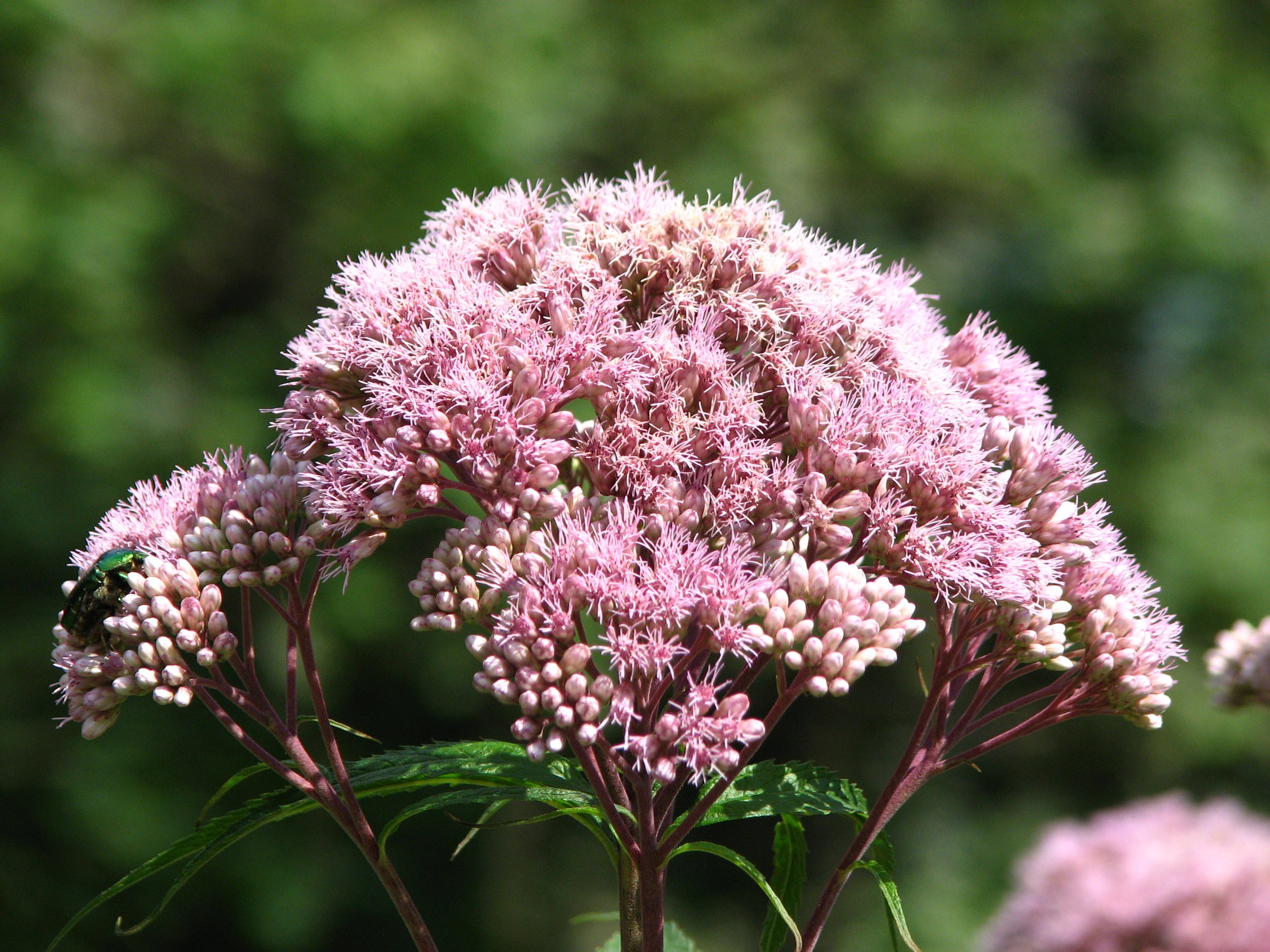SEED WORK
Grow Your Own Native Plants!
Since 2022, Partners for Climate Action has been engaged in an exciting collaboration with Hudson Valley Seed Company, a beloved source for heirloom vegetables, herbs, and flowers in our bioregion and beyond.
We’ve worked with a team of expert botanists, seed collectors, nursery growers and farmers to produce local ecotype native seeds to support at-risk Hudson Valley pollinators.
The first seeds in the PollinateHV Local Ecotype Seed Collection are now available, with many more to come!
Our Plant Species
Wild Columbine
Aquilegia canadensis
Boneset
Eupatorium perfoliatum
Common Milkweed
Asclepias syriaca
Parasol Whitetop
Doellingeria umbellata
Spotted Joe Pye Weed
Eutrochium maculatum
Wild Bergamot
Monarda fistulosa
Great Blue Lobelia
Lobelia siphilitica
Wild Lupine
Lupinus perennis
Foxglove Beardtongue
Penstemon digitalis
Steeplebush
Spiraea tomentosa
Hairy Beardtongue
Penstemon hirsutus
Gray Goldenrod
Solidago nemoralis
Smooth Blue Aster
Symphyotrichum laeve
Blue Vervain
Verbena hastata
Calico Aster
Symphyotrichum lateriflorum
Purple-Stemmed American Aster
Symphyotrichum puniceum
Golden Alexander
Zizia aurea
Why Local Ecotype?
Local ecotype plants and seeds have a genetic heritage unique to a particular place: a bioregion or, often, an ecoregion. Ecoregions are areas comprising similar climate, soils, geography, solar radiation, moisture, habitats, and plant communities.
Growing local ecotype plants starts with the local collection of wild seeds. For the Pollinator Action Collection, we’ve established seed increase plots at Hudson Valley Seed Company: rows of plants propagated from those wild-collected seeds, producing farmed seed for harvest and sale. Because these native plants are perennials, we can expect a bountiful seed harvest for years to come!
Using local ecotype plants and seeds helps protect the biodiversity of native species by preserving local plant genetics. It’s also the best way to support local pollinators, birds, and wildlife, whose needs are closely adapted to the life cycles of local plants and the unique climate and soil conditions in the ecoregion they share.
Download the complete Action Guide Plant List to see which target at-risk pollinators are supported by each of these plants.

















